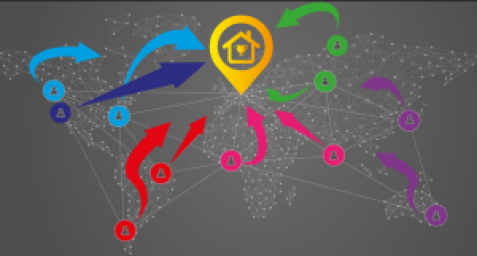 There is a new set of battlegrounds brewing around platforms and ecosystems and what and who controls the data and the flows needed to build these thriving environments, reliant on the cloud.
There is a new set of battlegrounds brewing around platforms and ecosystems and what and who controls the data and the flows needed to build these thriving environments, reliant on the cloud.
One such battle zone will be on connected devices and who controls and delivers what.
It is not unlike the battleground of the mobile phone device that became famous in an internal note to Nokia employees that I wrote about, back in 2011 “Welcome to the brave new world of innovation ecosystems”.
We are coming to the time that will have similar high stakes of who thrives (and survives) by what they own or control in the looming battles ahead, the one of who and what connects and the way these connections generate, influence and control the connectivity required; to connect the ‘intelligent’ devices to platforms, clouds and all the partners in the ecosystem, seeking insight and understanding to exploit and explore new efficiency and growth opportunities, collecting the new gold called ‘fluid data’.
 So what is the difference between a fog and a cloud? Well, actually bandwidth is part of the answer and where data needs to be situated.
So what is the difference between a fog and a cloud? Well, actually bandwidth is part of the answer and where data needs to be situated.